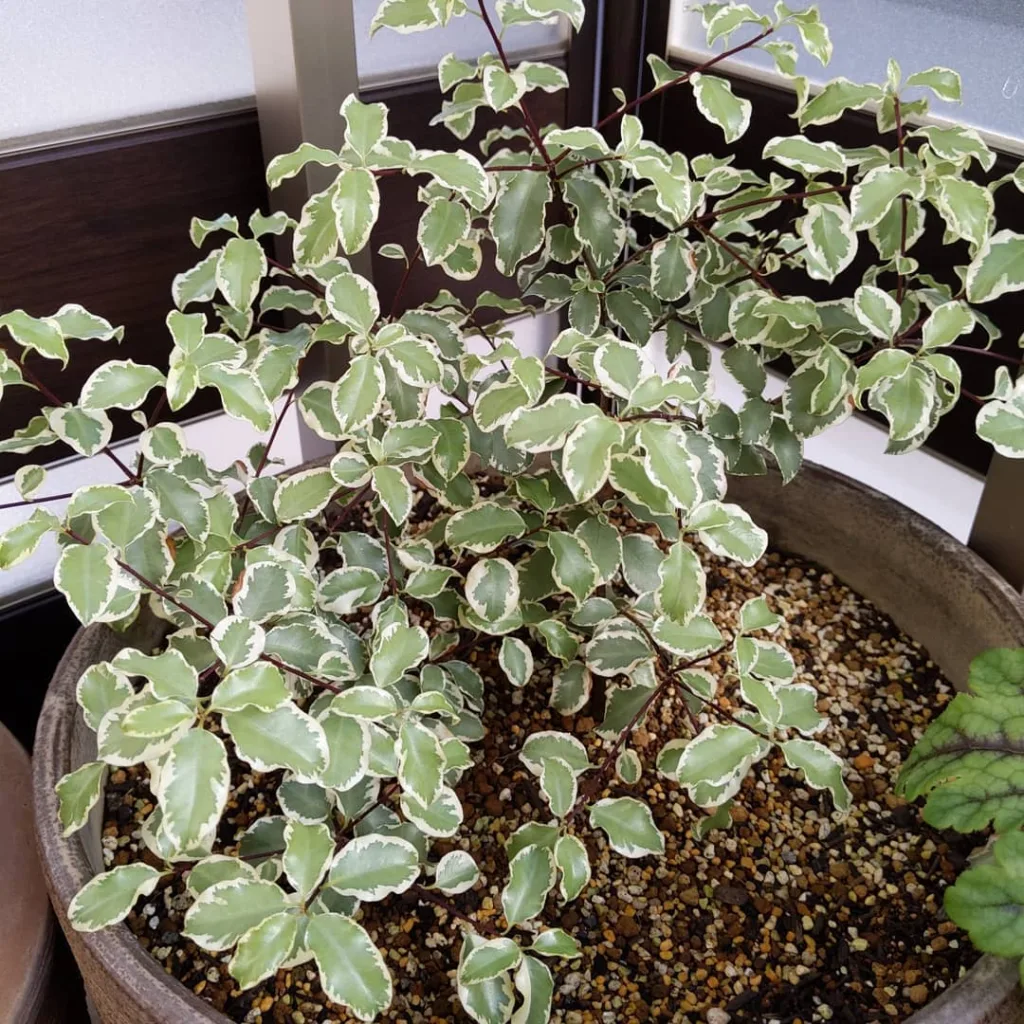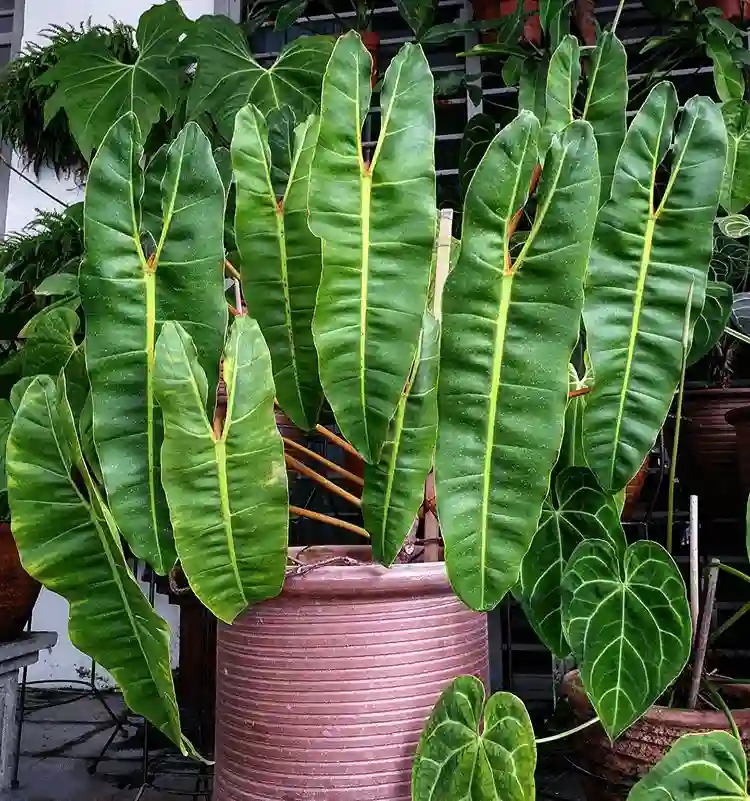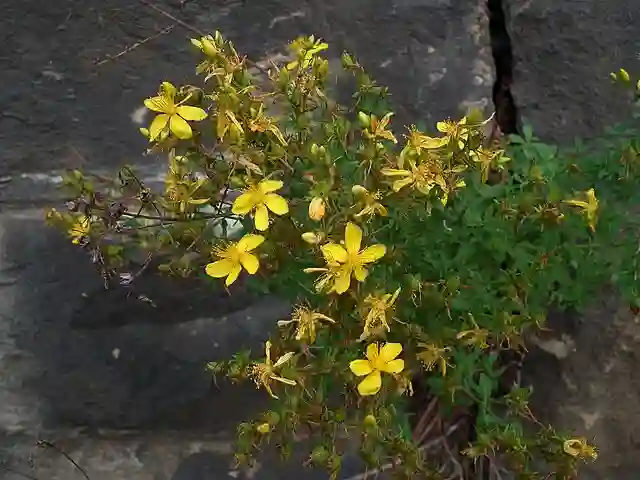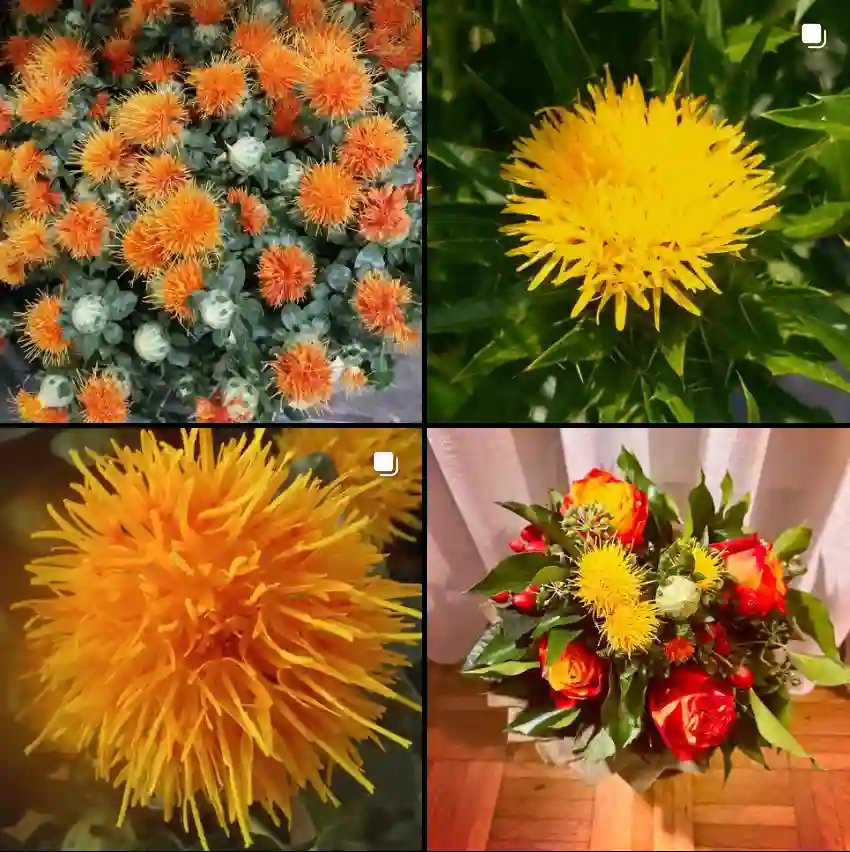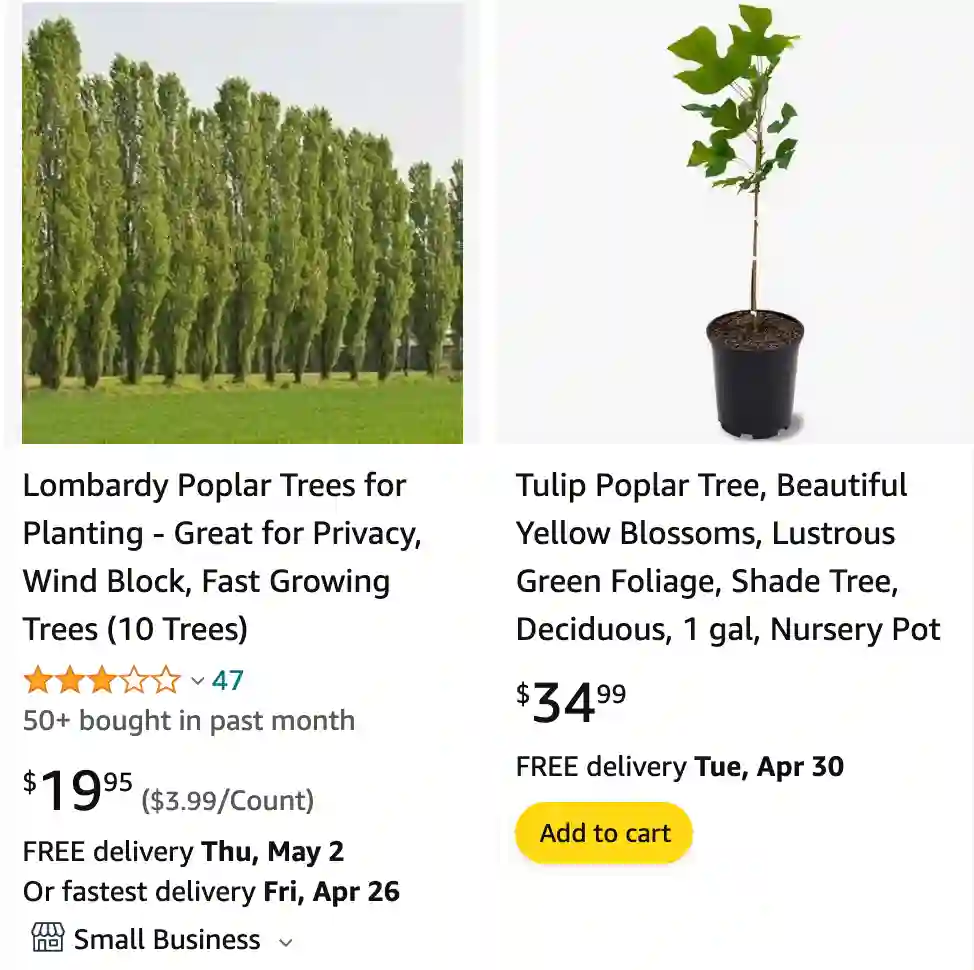
What is poplar wood?
Poplar wood has always intrigued me. It’s one of those woods that doesn’t initially seem like much – it’s plain-looking with a creamy white color and those occasional greenish streaks. But what surprises me every time is how soft and easy it is to work with. I helped my uncle build a bookcase out of poplar a few years back, and I remember being amazed by how easily it cut and took screws. Plus, despite how light it is, it feels surprisingly sturdy. It’s definitely not a fancy wood, but for simple furniture projects, it’s a winner in my book.
Is poplar a hardwood?
Poplar always throws me for a loop! You see, it’s technically considered a hardwood since it comes from a deciduous tree, but it’s definitely one of the softest hardwoods I’ve ever worked with. It dents easily, and honestly, it feels closer to something like pine in terms of how it handles. I guess “hardwood” and “softwood” can be misleading terms sometimes, poplar being a prime example. It does have its advantages though – the softness makes it a great choice for projects where you need wood that’s easy to carve or shape.
Is poplar good firewood?
Honestly, poplar would be my last resort for firewood. Back when I was younger and less picky, a friend and I would use anything we could find, including poplar. It burns, sure, but the fire is gone in a flash! You barely get enough time to warm up before it’s gone and you need to add more wood. It’s more trouble than it’s worth in my opinion. Also, it tends to be a bit smoky. So unless you have nothing else around, I’d recommend reaching for just about any other type of wood for your fire.
What does a poplar tree look like?
Poplar trees have a few distinct characteristics that make them easy to spot:
- Tall and Straight:Poplar trees tend to grow very tall and develop a column-like shape.
- Heart-Shaped Leaves:Their leaves are often heart-shaped or triangular with a slightly toothed edge. The leaves tend to flutter easily in the wind, giving poplar trees a shimmering appearance.
- Smooth Bark with Diamond Patterns:Young poplar trees have a smooth, greenish-gray bark, which ages into a rougher texture with distinctive diamond-shaped marks.
- Catkins:In spring, they produce long, drooping flowers called catkins.
Can you stain poplar wood?
Yes, you can stain poplar wood, but it definitely can be a bit tricky! Poplar is notorious for taking stain unevenly, resulting in blotches and weird coloration. The reason is the wood’s natural grain pattern has variations in density, which affects how the stain gets absorbed. The trick I’ve found most helpful is using a wood conditioner before applying the stain. It preps the wood, helping to create a more uniform surface for the stain to settle into. Even with that, it takes some trial and error. Playing around with different stains on scrap poplar is how I learned to get the best results for my projects.
Does poplar stain well?
Whether poplar stains well is kind of a matter of perspective. If you’re expecting the same rich, even tones you get with woods like cherry or walnut, poplar will likely disappoint. Its uneven grain makes it prone to blotchiness and unattractive color variations. That said, if you’re okay with a more rustic, less refined look, poplar can be stained with decent results. I love experimenting with different stains and techniques to see what unique effects I can create with poplar’s wild grain. Plus, if you’re planning to paint over the wood instead of staining, poplar is a perfectly good choice.
What is poplar wood used for?
I love the versatility of poplar! It’s not the flashiest wood, but it has tons of practical uses. I mostly use it for the unseen parts of furniture projects – frames, drawer sides, and the inner parts of built-ins. Poplar’s stability and the fact that it takes paint really well makes it perfect for those purposes. I’ve also seen it used in simple toys and woodworking crafts since it’s so easy to work with. And surprisingly, I learned that poplar is becoming more popular for things like plywood and even some musical instruments!
How fast do poplar trees grow?
Poplar trees put the “fast” in fast-growing! Some varieties can grow a crazy 5-8 feet per year. I remember helping my grandparents plant a few poplars for some privacy around their backyard when I was a kid. It felt like in the blink of an eye, those trees were towering above the fence and providing some much-needed shade. It’s really impressive how quickly they can transform a landscape.
Is poplar good for outdoor use?
I generally wouldn’t recommend poplar for anything outdoors if it’s going to be exposed to the elements. Poplar has a bad reputation for rotting pretty quickly when it gets wet. I remember a few years ago, I built a small planter box out of poplar for my porch, thinking it would last a season or two, but that thing had holes in it by the end of the summer! If you really want to use poplar outdoors, it needs a ton of protection – multiple coats of high-quality paint or sealant and even then, it’ll need regular touchups.
Is poplar harder than pine?
Poplar is slightly harder than pine. While both are considered softwoods, I’ve noticed that poplar dents and scratches a bit less easily compared to pine. When working on a project, that small difference can be noticeable. Poplar just feels a bit sturdier to me. However, both woods are pretty soft compared to hardwoods like oak or maple, so you’ll still need to be careful with any project you make out of them.
Is poplar good for cutting boards?
Honestly, I’d stay away from poplar for cutting boards. It’s too soft, so it’ll quickly become covered in knife marks and those little grooves are a perfect hiding spot for bacteria. That softness also means a poplar cutting board won’t last very long before it needs replacing. I’ve done a few woodworking projects as gifts and learned the hard way – while a poplar cutting board might initially look pretty, it just doesn’t hold up to regular kitchen use. If you want a cutting board that’ll last, it’s worth investing in a harder wood like maple or walnut.
Is poplar wood good for furniture?
Whether poplar wood is good for furniture depends on your needs and what you’re making. Because it’s soft and a bit prone to denting, I wouldn’t use it for high-use pieces like a coffee table or dining set. However, I think poplar is perfect for the hidden parts of furniture – think drawer sides, supports, and frames. I’ve even used it for painted furniture projects since it takes paint like a dream. If you’re a beginner woodworker looking for an affordable wood, or you’re on a budget for a DIY project, poplar is a perfectly good choice.
Where do poplar trees grow?
Poplar trees are found all over the place! They’re really adaptable trees, growing in various climates throughout the Northern Hemisphere. I mostly see them in North America, Europe, and Asia. They particularly love areas with lots of sunlight and moist soil, so you’ll often find them growing near rivers, streams, and in lowlands. Here in the US, it seems like there’s always a big stand of poplars growing along a creek bed or on the edge of a field somewhere.
How long do poplar trees live?
Sadly, poplar trees have a relatively short lifespan compared to other hardwoods. Most varieties only live around 50 years or so, though certain types can reach 100 years under the right conditions. I always feel a bit of a pang when I see a giant old poplar tree, knowing they are pretty rare in the grand scheme of things. Compared to those long-lived oaks and maples, poplar lifespans feel a bit like a blink of an eye!
Is poplar good for cabinets?
Poplar is actually a popular choice for cabinets, especially if they’re going to be painted. Here’s why:
- Affordable: Poplar is generally a less expensive wood, so it helps keep project costs down.
- Easy to Work With: It’s easy to cut, shape, and sand, making cabinet construction less of a struggle.
- Takes Paint Well: Poplar has a smooth surface with a relatively tight grain, perfect for creating flawless painted cabinets.
However, if you’re looking for cabinets with a natural wood look, poplar might not be the best fit due to its tendency to stain unevenly. Also, keep in mind that since poplar is softer than hardwoods, it might dent more easily with frequent use. Overall, it’s a practical and budget-friendly choice for painted cabinets.
What do poplar leaves look like?
Poplar leaves come in a few different shapes, some of the most common being:
- Heart-shaped:Many poplar varieties have classic heart-shaped leaves with a slightly pointed tip.
- Triangular/Diamond-shaped:Some poplars have leaves that are wider at the base, tapering to a point, resembling a triangle or diamond shape.
- Lobed:A few species, like the white poplar, have distinctive leaves with multiple lobes.
Regardless of the exact shape, poplar leaves generally have a few features in common:
- Toothed Edges: The edges of the leaves are often serrated with small teeth.
- Shiny Top Surface: The upper surface of the leaf is typically a glossy, dark green.
- Lighter Underside: The underside can be lighter green, or even silvery-white in some varieties.
- Shimmering Effect: Poplar leaves are famous for fluttering in the wind, creating a lovely shimmering effect.
If i die, water my plants!
